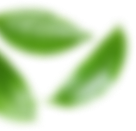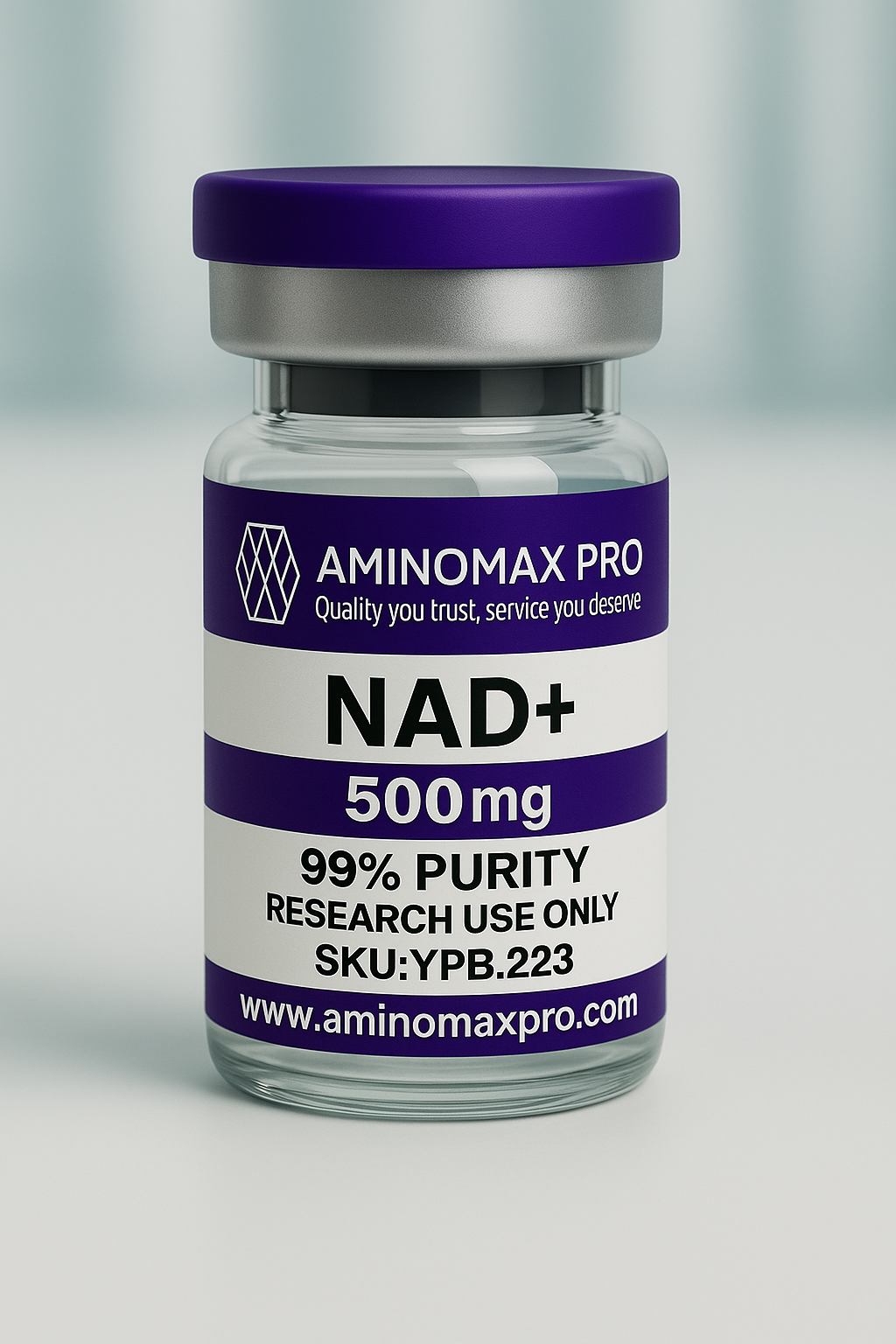Description
NAD⁺ (Bio-Fermented) – Advanced Biochemical Mechanism Profile
(Oxidized Nicotinamide Adenine Dinucleotide; Redox Cofactor; Sirtuin/Substrate for PARP Enzymes)
NAD⁺ is a central pyridine nucleotide cofactor that participates in oxidation–reduction reactions and functions as a required substrate for sirtuin deacetylases, PARP family enzymes, CD38/CD157 ectoenzymes, and several dehydrogenases involved in cellular metabolism.
✅ 1. Core Biochemical Function
Redox Cofactor (Electron Carrier)
NAD⁺ ⇌ NADH cycling drives electron transfer in:
-
Complex I of the electron transport chain
-
Glycolysis (GAPDH)
-
TCA cycle (IDH3, MDH2, α-KGDH)
-
β-oxidation (ACAD family enzymes)
This supports ATP generation through:
NADH → ETC → proton gradient → ATP synthase → oxidative phosphorylation
✅ 2. Primary Enzyme Targets
A. Sirtuins (SIRT1–SIRT7) – NAD⁺‐Dependent Deacetylases
NAD⁺ is consumed as a substrate during sirtuin-mediated protein deacetylation:
-
Alters histones and transcription factors
-
Regulates mitochondrial biogenesis and metabolic genes
Key downstream targets:
-
PGC-1α, FOXO1/3, p53, NF-κB (RelA/p65)
-
Enhanced mitochondrial oxidative capacity via PPARGC1A → NRF1/TFAM transcription
B. PARP Enzymes (Poly-ADP Ribose Polymerases)
NAD⁺ donates ADP-ribose for DNA repair signaling:
-
PARP-1 / PARP-2 activation at DNA strand breaks
-
Recruitment of XRCC1, POLβ, and LIG3
-
Supports base-excision repair (BER)
Excessive PARP activity consumes NAD⁺ → influences cellular energy balance.
C. CD38 / CD157 (Ecto-enzymes)
Convert NAD⁺ → cyclic ADP-ribose and NAADP
-
Regulate Ca²⁺ signaling in intracellular stores
-
Influence mitochondrial Ca²⁺ dynamics and metabolic flux
✅ 3. Major Pathway Effects
1) NAD⁺ → SIRT1 → PGC-1α → Mitochondrial Biogenesis
-
↑ PGC-1α deacetylation
-
Upregulates NRF1, NRF2, TFAM
-
Promotes mitochondrial DNA replication and oxidative capacity
2) NAD⁺ → SIRT3 → Mitochondrial Enzyme Deacetylation
-
SOD2 (MnSOD) activation → ROS reduction
-
IDH2, LCAD, ACADL → enhanced fatty acid oxidation
3) NAD⁺ → PARP-1 → DNA Repair
-
ADP-ribosylation of chromatin and repair factors
-
Maintenance of genomic stability
4) NAD⁺ → CD38/CD157 → cADPR signaling
-
Modulates ryanodine receptors and Ca²⁺ release
✅ 4. Second Messengers & Metabolic Outputs
| Molecule | Effect |
|---|---|
| NADH | Donates electrons to ETC (Complex I) |
| cADPR / NAADP | Ca²⁺ release from ER/lysosomal stores |
| Acetyl-CoA flux | Regulated by SIRT-mediated enzyme deacetylation |
| AMPK activation (indirect) | Via improved mitochondrial efficiency |
✅ 5. Gene Targets Commonly Measured in Research
| Category | Example Genes |
|---|---|
| Mitochondrial Biogenesis | PPARGC1A, NRF1, TFAM |
| Antioxidant Response | SOD2, CAT, GPX1 |
| Metabolic Regulation | PGC-1α, CPT1B, PPAR-α |
| DNA Repair | PARP1, XRCC1, LIG3, POLB |
| Stress Resistance | FOXO1, FOXO3, SIRT1 |
✅ Summary of Mechanistic Features
-
Central redox cofactor in oxidative phosphorylation
-
Essential substrate for sirtuins, PARP enzymes, and CD38
-
Regulates mitochondrial biogenesis, DNA repair, Ca²⁺ signaling
-
Modulates transcription of metabolic and antioxidant genes
Research-Only Use Classification
Bio-fermented NAD⁺ is supplied solely for laboratory in-vitro research.
Not approved for human or animal administration, therapeutic use, or any biological application outside controlled research settings.



